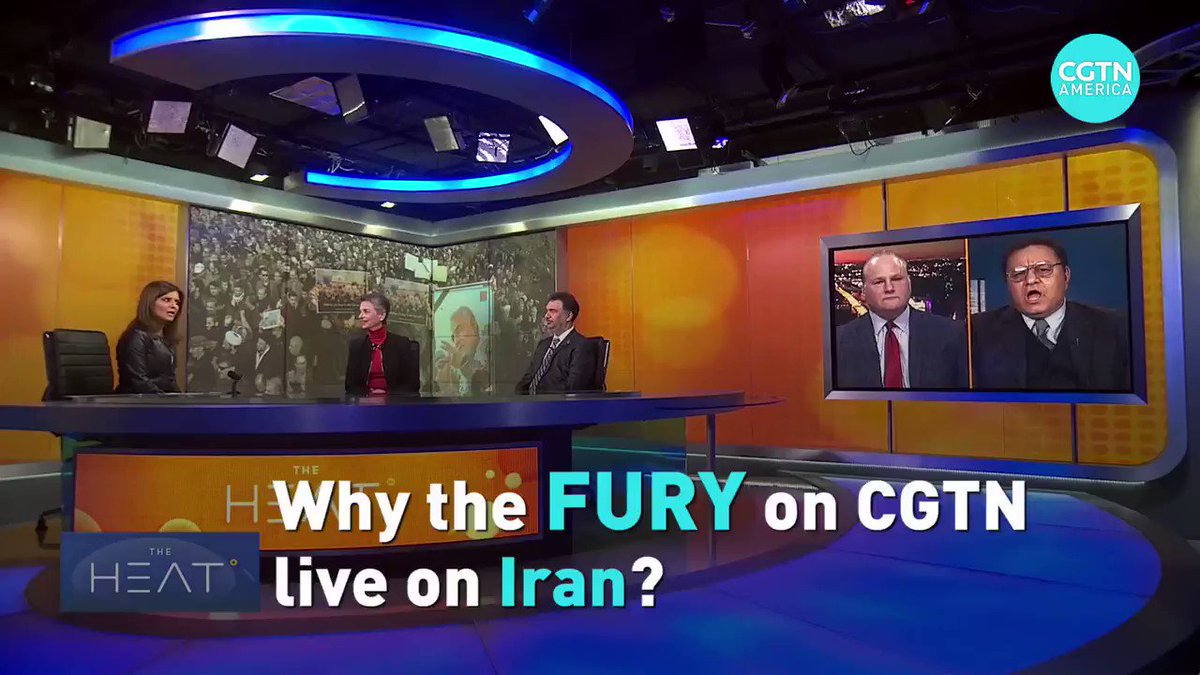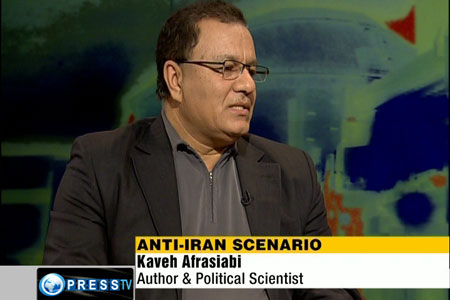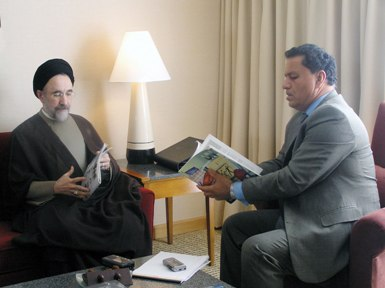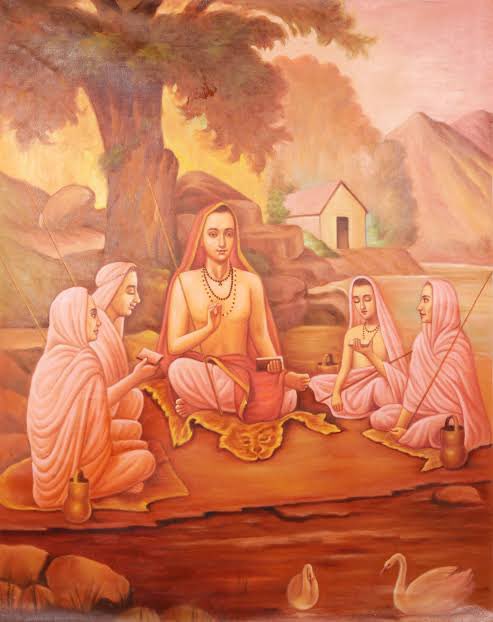Wednesday didn’t happen in a vacuum: it happened in a context of rising right-wing terrorism, aimed at their adversaries in the elite (pipe bombs mailed to Obama, Biden, Clinton, DNC) and among the public (Charlottesville, El Paso, Pittsburgh, Charleston).
A word of caution: many aspects of the social, political and informational mess that led to extremists storming the US Capitol are present in Western Europe too. (1)

Wednesday didn’t happen in a vacuum: it happened in a context of rising right-wing terrorism, aimed at their adversaries in the elite (pipe bombs mailed to Obama, Biden, Clinton, DNC) and among the public (Charlottesville, El Paso, Pittsburgh, Charleston).
Against parliamentarians: Jo Cox, Labour Party MP, and Walter Lübke (CDU politician in Hesse) have been assassinated. Plots against other politicians, in Germany and the UK, led to further convictions. (3)
Even more worryingly, the radical right in the institutions has inched closer to legitimising political violence against its adversaries. Nothing like the lionisation of Kyle Rittenhouse in the US, but still a significant trend. (6)
Salvini deflected the blame from the Macerata terrorist:
(8)
The US right's radicalisation happened in a media environment that *needs* a chunk of the electorate to have their own facts. Much blame is laid at the door of sm/internet, but the contribution of ‘traditional’ right-wing media cannot be overstated. (11)
Most worryingly, grand scale spin-offs of the Fox News model are in the works (15)
According to surveys few Western European countries, most notably France and Italy, have similar levels of distrust in elections as the US, but the norm is still a degree of trust. It’s not as common a strategy to delegitimise opponents as in the US. (17)

The extent of police complicity or sympathy for the rioters in the US Capitol is still to be established. But there are worrying areas of overlap between security forces, the radical right, and political violence - in the US, but in Europe too. (21)
More from Government
You May Also Like
The Eye of Horus. 1/*

I believe that @ripple_crippler and @looP_rM311_7211 are the same person. I know, nobody believes that. 2/*
Today I want to prove that Mr Pool smile faces mean XRP and price increase. In Ripple_Crippler, previous to Mr Pool existence, smile faces were frequent. They were very similar to the ones Mr Pool posts. The eyes also were usually a couple of "x", in fact, XRP logo. 3/*

The smile XRP-eyed face also appears related to the Moon. XRP going to the Moon. 4/*

And smile XRP-eyed faces also appear related to Egypt. In particular, to the Eye of Horus. https://t.co/i4rRzuQ0gZ 5/*


I believe that @ripple_crippler and @looP_rM311_7211 are the same person. I know, nobody believes that. 2/*
Today I want to prove that Mr Pool smile faces mean XRP and price increase. In Ripple_Crippler, previous to Mr Pool existence, smile faces were frequent. They were very similar to the ones Mr Pool posts. The eyes also were usually a couple of "x", in fact, XRP logo. 3/*

The smile XRP-eyed face also appears related to the Moon. XRP going to the Moon. 4/*

And smile XRP-eyed faces also appear related to Egypt. In particular, to the Eye of Horus. https://t.co/i4rRzuQ0gZ 5/*

🌿𝑻𝒉𝒆 𝒔𝒕𝒐𝒓𝒚 𝒐𝒇 𝒂 𝑺𝒕𝒂𝒓 : 𝑫𝒉𝒓𝒖𝒗𝒂 & 𝑽𝒊𝒔𝒉𝒏𝒖
Once upon a time there was a Raja named Uttānapāda born of Svayambhuva Manu,1st man on earth.He had 2 beautiful wives - Suniti & Suruchi & two sons were born of them Dhruva & Uttama respectively.
#talesofkrishna https://t.co/E85MTPkF9W
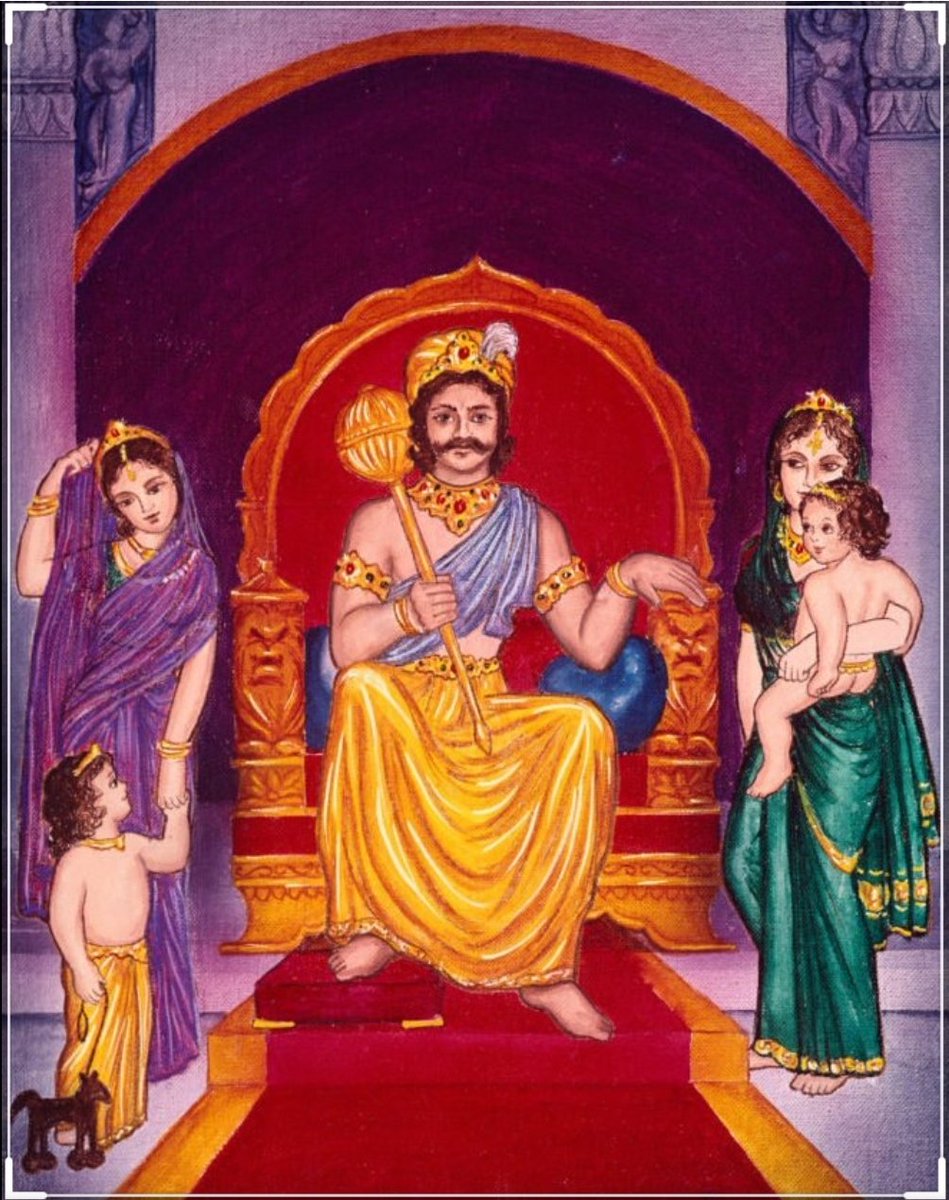
Now Suniti was the daughter of a tribal chief while Suruchi was the daughter of a rich king. Hence Suruchi was always favored the most by Raja while Suniti was ignored. But while Suniti was gentle & kind hearted by nature Suruchi was venomous inside.
#KrishnaLeela
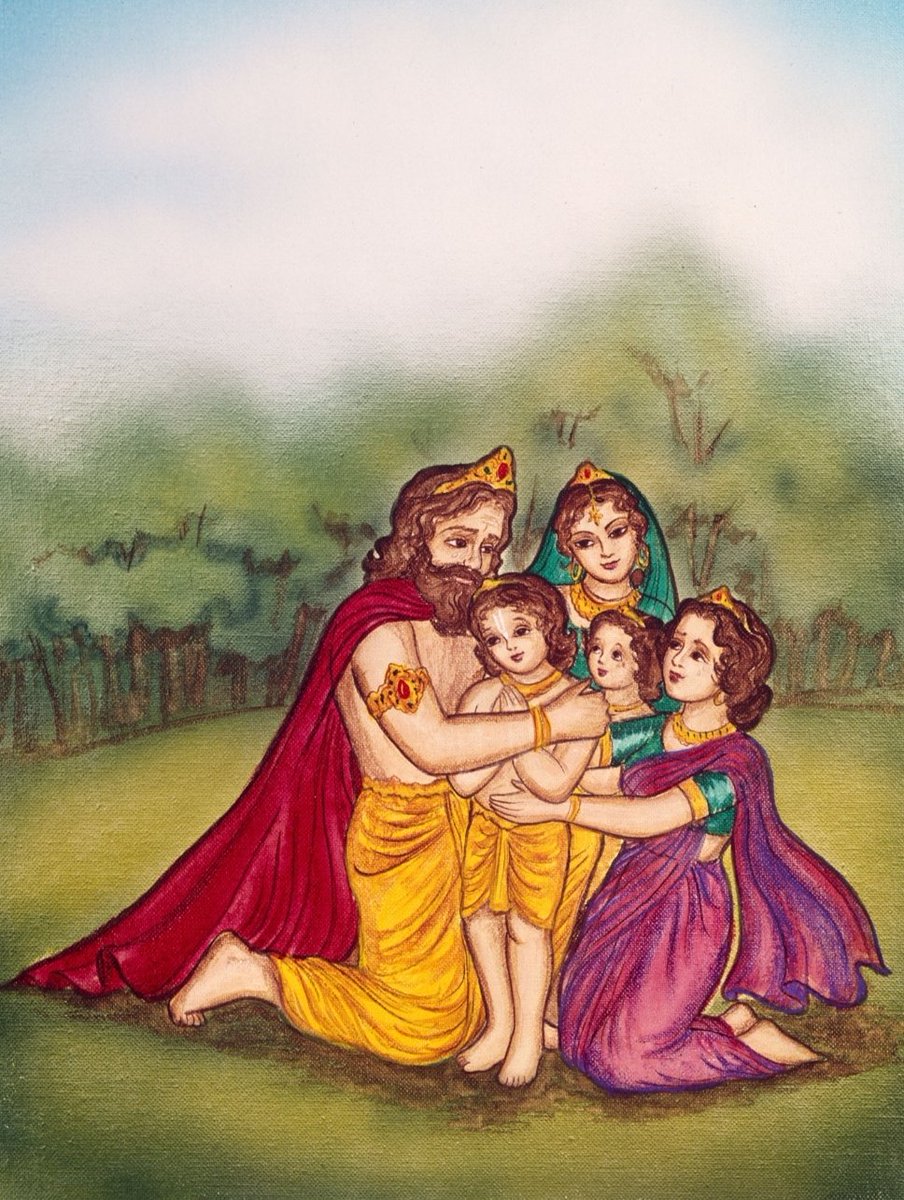
The story is of a time when ideally the eldest son of the king becomes the heir to the throne. Hence the sinhasan of the Raja belonged to Dhruva.This is why Suruchi who was the 2nd wife nourished poison in her heart for Dhruva as she knew her son will never get the throne.
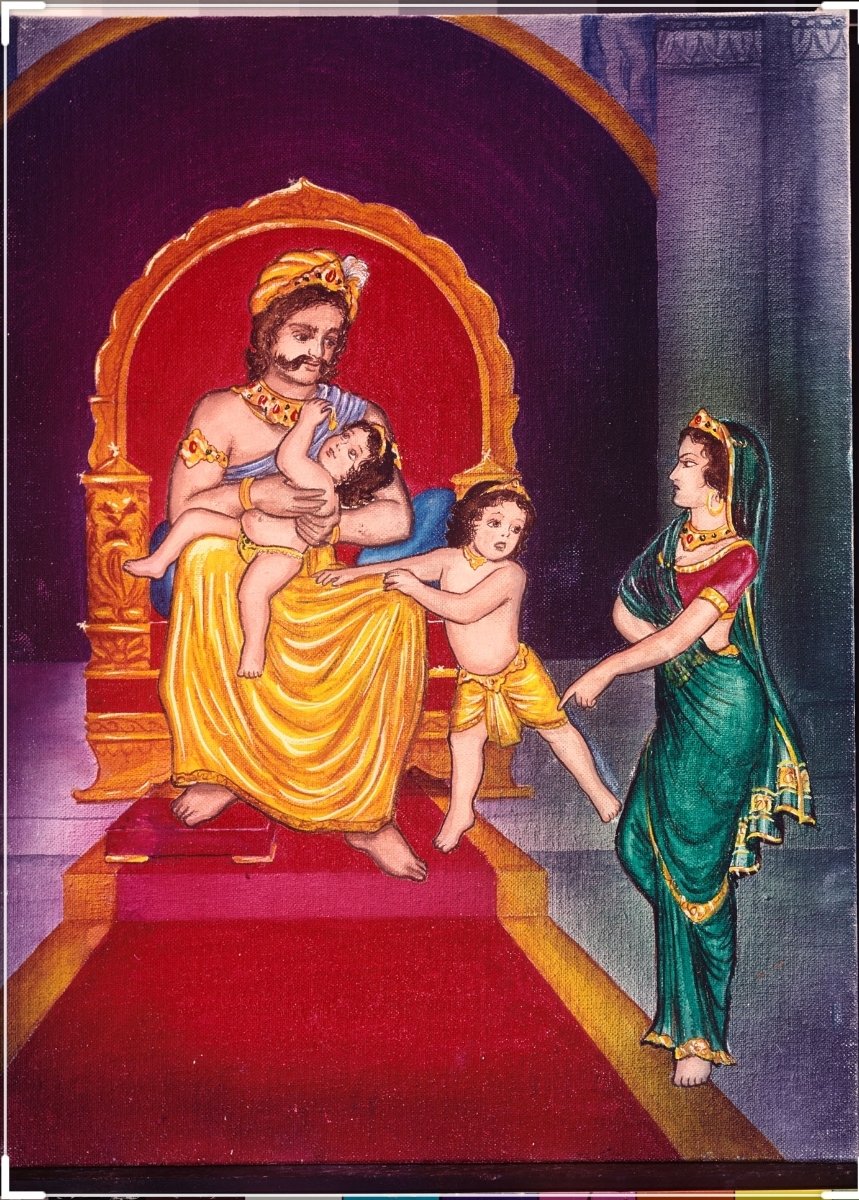
One day when Dhruva was just 5 years old he went on to sit on his father's lap. Suruchi, the jealous queen, got enraged and shoved him away from Raja as she never wanted Raja to shower Dhruva with his fatherly affection.
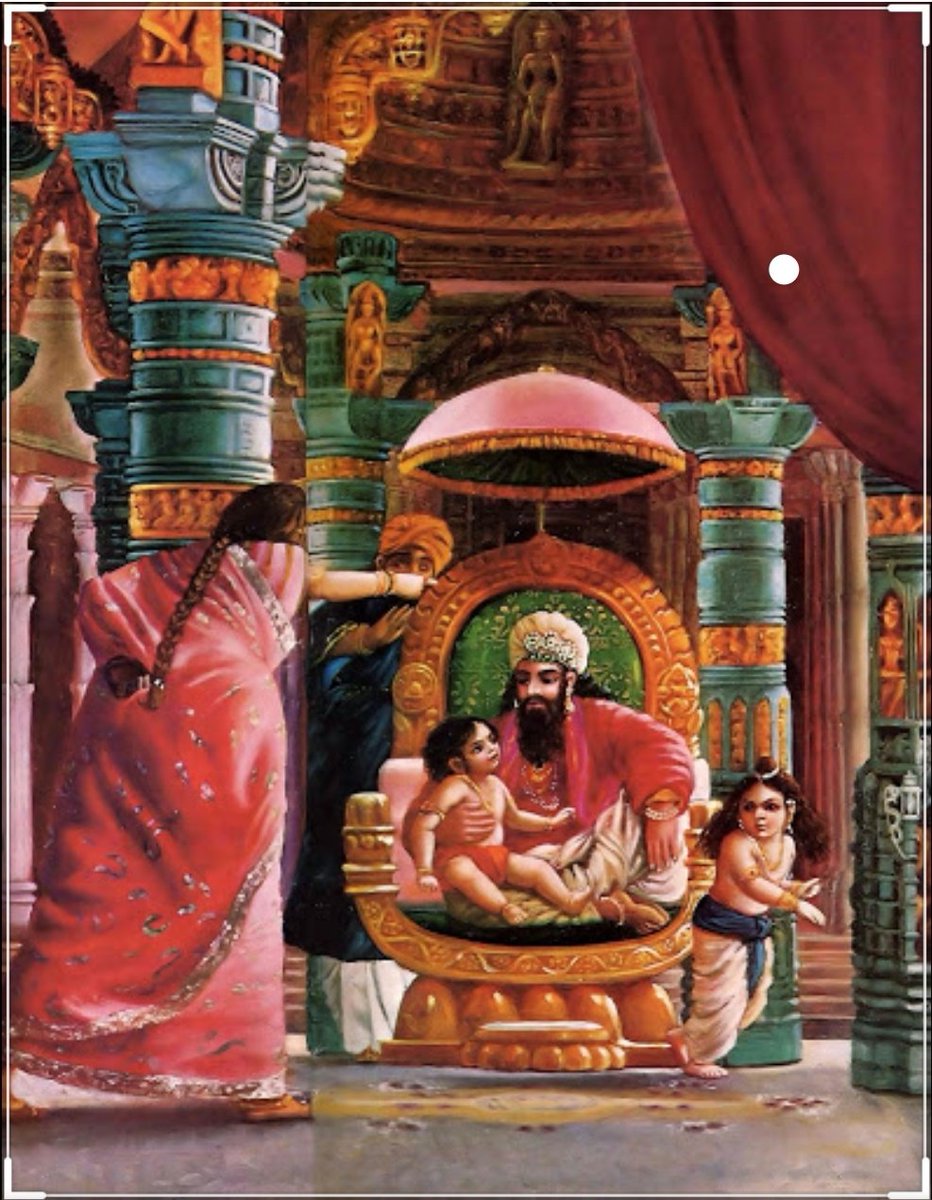
Dhruva protested questioning his step mother "why can't i sit on my own father's lap?" A furious Suruchi berated him saying "only God can allow him that privilege. Go ask him"
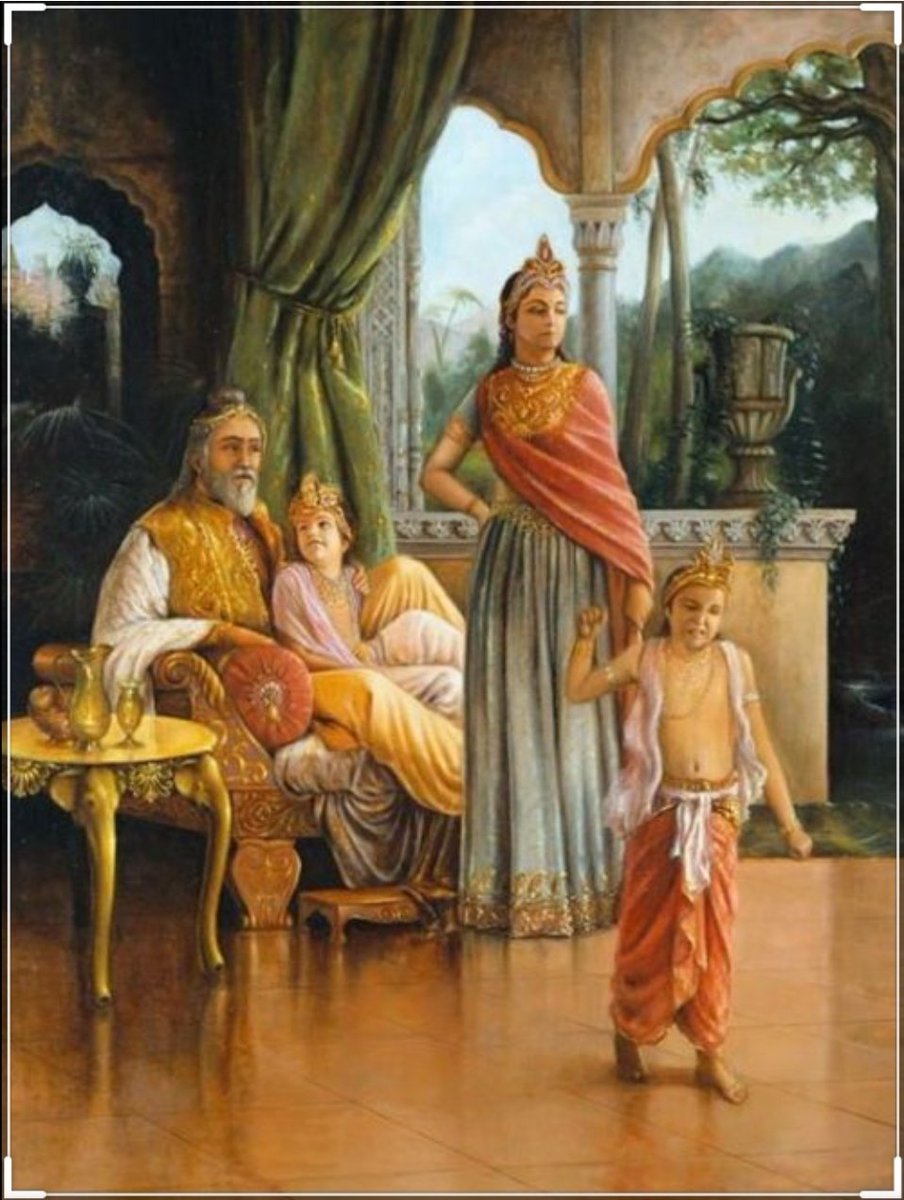
Once upon a time there was a Raja named Uttānapāda born of Svayambhuva Manu,1st man on earth.He had 2 beautiful wives - Suniti & Suruchi & two sons were born of them Dhruva & Uttama respectively.
#talesofkrishna https://t.co/E85MTPkF9W

Prabhu says i reside in the heart of my bhakt.
— Right Singh (@rightwingchora) December 21, 2020
Guess the event. pic.twitter.com/yFUmbfe5KL
Now Suniti was the daughter of a tribal chief while Suruchi was the daughter of a rich king. Hence Suruchi was always favored the most by Raja while Suniti was ignored. But while Suniti was gentle & kind hearted by nature Suruchi was venomous inside.
#KrishnaLeela

The story is of a time when ideally the eldest son of the king becomes the heir to the throne. Hence the sinhasan of the Raja belonged to Dhruva.This is why Suruchi who was the 2nd wife nourished poison in her heart for Dhruva as she knew her son will never get the throne.

One day when Dhruva was just 5 years old he went on to sit on his father's lap. Suruchi, the jealous queen, got enraged and shoved him away from Raja as she never wanted Raja to shower Dhruva with his fatherly affection.

Dhruva protested questioning his step mother "why can't i sit on my own father's lap?" A furious Suruchi berated him saying "only God can allow him that privilege. Go ask him"




